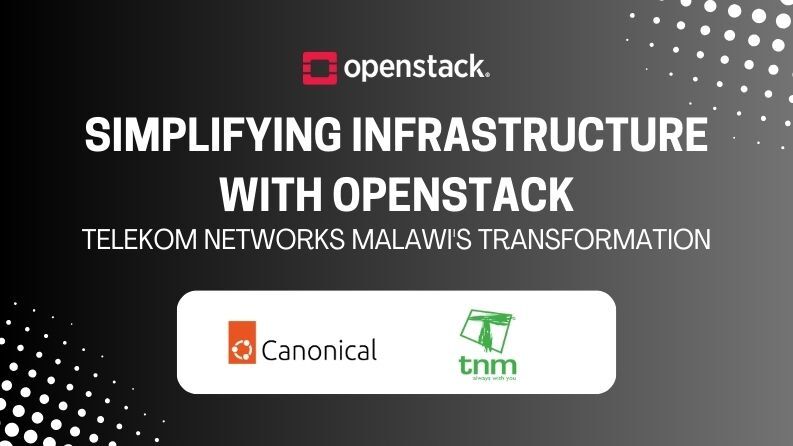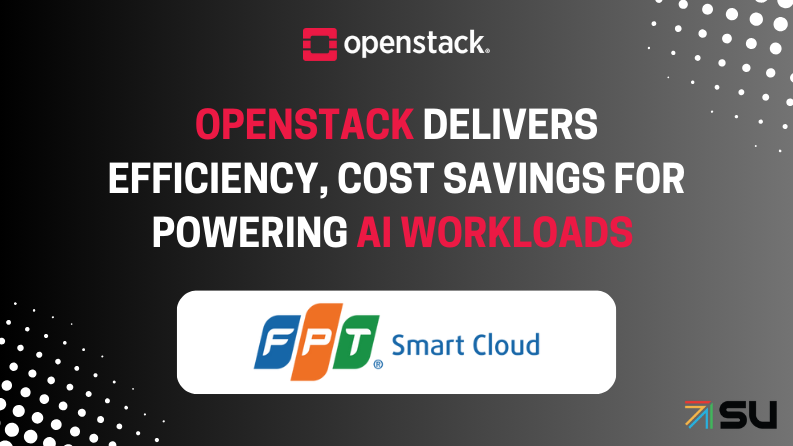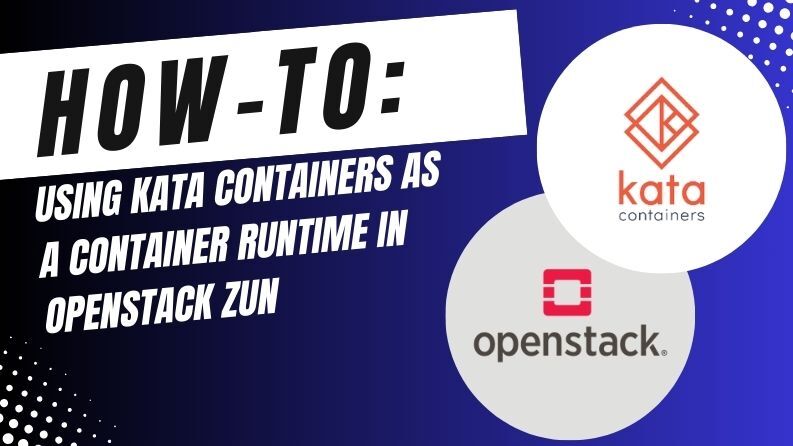Telekom Networks Malawi (TNM), one of the largest telecommunications providers in Malawi, has embarked on a transformative journey to simplify its complex infrastructure and overcome the challenges of vendor lock-in. With a network spanning 88% of the country, TNM serves millions of customers and operates a variety of interconnected IT systems. To streamline its operations, TNM chose to centralize its infrastructure onto a single, open-source platform: Charmed OpenStack from Canonical. This decision has resulted in significant cost savings, increased control over its operations, and a simplified, unified cloud environment. By embracing OpenStack, TNM has not only modernized its infrastructure but has also set itself up for scalable growth in the rapidly evolving telecommunications sector.
The Challenge
Managing a telecommunications network of TNM’s scale involves juggling a complex web of IT infrastructure components, many of which were spread across different virtualization platforms and cloud environments. This setup introduced significant challenges, including:
- Vendor Lock-In: TNM’s systems were tied to proprietary technologies and cloud services from various vendors. Each of these vendors had its own approach, often driven by their own business interests rather than TNM’s.
- Complexity and Skillset Overload: The company had to maintain a variety of platforms, each with its own requirements, which required the infrastructure team to develop multiple skill sets. This not only added to administrative complexity but also consumed valuable time and resources.
- High Licensing Costs: Proprietary software licenses were expensive, and TNM found itself paying for numerous licenses tied to specific technologies, increasing operational costs unnecessarily.
Macdonald Chamba, Head of Infrastructure and Cloud Services at TNM, explained the situation: “We had so many systems that we were running using different virtualization software, including different cloud services. Most of these systems were attached to specific vendors who each wanted to drive things their own way, not the way that was best for our business.” The need to simplify the infrastructure and reduce dependency on proprietary vendors became clear.
The Solution: Charmed OpenStack
To address these challenges, TNM set out to centralize its infrastructure on a single, open-source cloud platform that would offer greater flexibility and control. After evaluating several options, TNM chose Charmed OpenStack from Canonical as the ideal solution. OpenStack, as a leading open-source cloud computing platform, offered the right balance of flexibility, cost-effectiveness, and scalability.
The decision to move to OpenStack was driven by TNM’s desire for a vendor-agnostic platform that could free the company from the constraints of proprietary solutions. By consolidating its infrastructure onto OpenStack, TNM could decouple its systems from vendor-specific platforms and gain greater control over the cloud environment. This, in turn, would streamline management and reduce operational complexity.
Chamba highlighted the key advantage of Canonical’s approach: “Canonical offered the most attractive licensing model for enterprise OpenStack support. Whereas other vendors wanted us to license every operating system we spun up in our environment, Canonical only charges per node. Particularly in the long term, Canonical’s approach is more cost-effective.”
This licensing model made OpenStack an even more appealing solution, as it offered predictable costs without the need to pay for every individual instance or service.
Managed Service for Fast Time-to-Market
Recognizing that TNM’s team lacked in-house expertise in deploying and managing OpenStack, the company opted for Canonical’s Managed OpenStack service. This service allowed TNM to quickly deploy OpenStack and begin utilizing it for its most critical systems without delays. Canonical’s engineers designed and deployed the cloud infrastructure and operated it on TNM’s behalf, providing support and training to upskill TNM’s team.
The managed service approach proved invaluable. It allowed TNM to rapidly launch its OpenStack-based infrastructure while developing the internal expertise needed to take full control of the platform. Once the internal team was ready, TNM transitioned to an enterprise support model, with Canonical providing ongoing commercial assistance as needed.
“The relationship with Canonical has been very positive,” said Chamba. “From the end-to-end support we received through the managed service to the enterprise support we’re enjoying now, the journey has been good. We have assistance and guidance whenever we need it.”
Key Benefits of OpenStack for TNM
The migration to OpenStack has had a profound impact on TNM’s operations, particularly in terms of cost savings, efficiency, and control. Below are some of the key benefits that OpenStack has brought to TNM:
- Cost Savings: By eliminating the need for costly proprietary licenses and opting for OpenStack’s node-based licensing model, TNM has been able to significantly reduce its operating costs. OpenStack also allows TNM to optimize its use of resources, improving overall cost-efficiency.
- Simplified Management: By centralizing all of its systems onto a single platform, TNM has dramatically simplified infrastructure management. This has reduced the need for multiple skill sets and minimized administrative complexity, allowing the team to focus on more strategic initiatives.
- Vendor Agnosticism: OpenStack’s open-source nature has freed TNM from the constraints of vendor lock-in, allowing the company to choose and switch between various hardware and software providers. This flexibility is key to ensuring that TNM can adapt to changing market conditions without being tied to a single vendor.
- Scalability and Flexibility: OpenStack’s cloud-native architecture has provided TNM with the scalability needed to manage its growing infrastructure. The platform is highly flexible, enabling TNM to scale its operations efficiently as demand for services increases.
- Improved Control: With OpenStack, TNM now has full control over its cloud infrastructure. The company can customize and configure the platform to meet its unique needs, ensuring that it operates exactly as required for its business.
Critical Workloads on OpenStack
Since migrating to OpenStack, TNM has successfully moved several mission-critical workloads to the platform, including its Policy and Charging Rules Function (PCRF) system. The PCRF system is essential for controlling internet traffic in real-time, managing network speeds, determining customer charges, and providing access to different types of internet services.
In addition, TNM has migrated its messaging systems and Unstructured Supplementary Service Data (USSD) system to OpenStack. USSD is vital for enabling web browsing, mobile banking, prepaid mobile recharging, and other key services. By hosting these systems on OpenStack, TNM has gained better control and reduced costs.
By adopting Canonical’s Charmed OpenStack, TNM has achieved a unified, cost-effective cloud infrastructure that simplifies management, reduces dependency on proprietary vendors, and provides greater flexibility. The move to OpenStack has not only improved operational efficiency but has also set TNM on a path to scalability and growth in the telecommunications sector. With Canonical’s support and expertise, TNM is well-positioned to continue its mission of providing reliable and affordable telecommunications services to millions of customers in Malawi.
- Meet the 2025 Superuser Awards Nominees - September 16, 2025
- 2025 Superuser Awards Nominee: ECMWF - September 16, 2025
- 2025 Superuser Awards Nominee: CIR team at Télécom Paris - September 16, 2025

)










